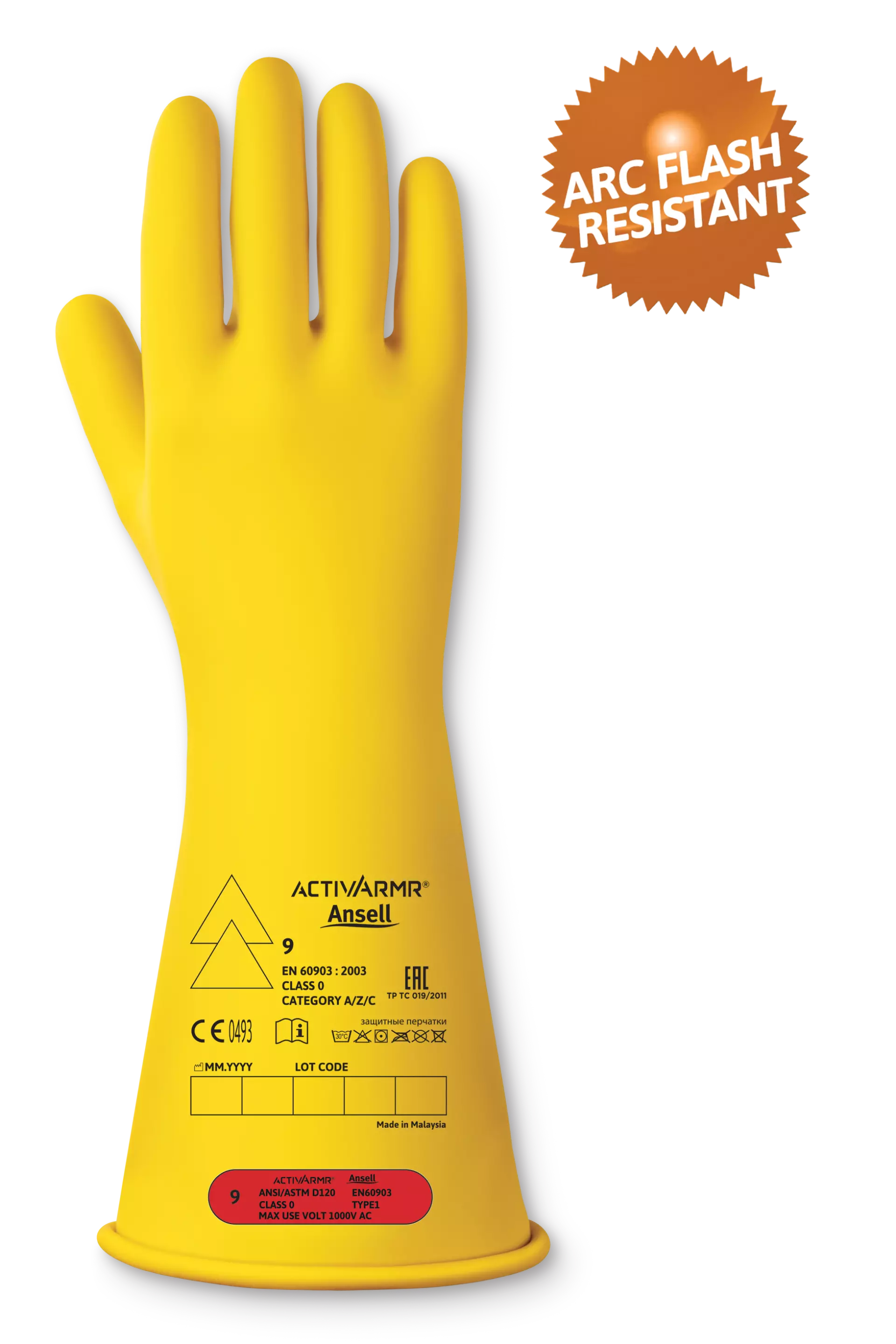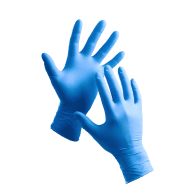ActivArmr Rig CL0 14in Y
4.5 / 5
Product description
Description
Heightened flexibility and durability: ActivArmr® Electrical Protection Class 00 - RIG0014Y electrical safety gloves are composed of natural rubber latex, using an eco-conscious dipping process, combining flexibility and durability
Advanced ergonomics: These insulated rubber gloves’ hand-at-rest shape and non-splayed fingers cause lesser hand fatigue
Elevated comfort: A generous flared cuff grants these low-voltage* electrical gloves added room for clothing and ventilation
Specialized defenses: They are arc flash certified (APC 1 in combination with 96-002 leather gloves) and resist acid, ozone and very low temperatures**
Increased practicality: These electrical protection gloves’ smooth finish makes donning and doffing easy
Certified protection: They also meet relevant CSA, NFPA and OSHA standards
*Voltage AC maximum 500 V (DC maximum 750)
**Category A, Z and C respectively
Recommended for
Applications with risk of touch voltage
Electrical Contractors
Hybrid engine manufacturing and repair
Maintenance Repairs and Operations in all industrial environments (MRO)
Mass Transit Repair and Maintenance
Power maintenance, repair & transmission
Telecom repair near electrical wires
Product Details
Length : 360Mm/14Inch
Available Sizes : 7, 8, 8.5, 9, 9.5, 10, 10.5, 11, 12
Coating Color : Yellow
Coating Material : Natural Latex Rubber
Cuff Style : Straight Cuff With Rolled Beaded Edge
Washing Temperature : 60 °C (140 °F)
About Rubber Insulating Glove
Rubber Insulating Gloves provide critical protection against electrical hazards when working with high voltage systems. Made from specialized rubber compounds, these gloves offer reliable insulation while maintaining necessary dexterity. Essential safety equipment for electricians and utility workers handling live electrical components.
- Cut Resistant
- Electrical Protection
- Hand Protection
Standards and labels
Ansell delivery terms
Free delivery for all Ansell products
472,23 €
Price per 10 packages (10 pairs)
47,22 € / pair
Free delivery
A carton contains 10 packages (10 pairs)



